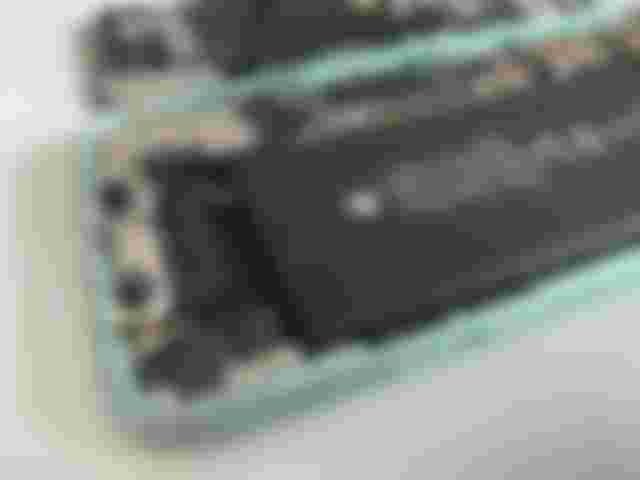What is perceived obsolescence and why is it not sustainable?
Hello dear friends.
For a long time we have been fighting against the obsolescence of technological products, in some cases this is programmed, when the manufacturer establishes a period of time when the equipment will stop working, something that usually happens with many software, when a new version comes out and Previous ones stop working, but it also happens spontaneously, when the consumer is the one who decides that their technological equipment is already obsolete, even if it can still continue to function, what is the reason for this obsolescence perceived by the consumer?

We have created a culture of buying and discarding when a new model comes out. Source: Image made in powerpoint.
The fact is that this obsolescence is given by consumers but it is due to advertising and the short cycles of new product launches made by the big brands, every year, if not in months, a new equipment is already available in the line , which offers better features than the previous one, which encourages the consumer to acquire the new equipment before the previous one reaches its scheduled useful life. And especially with cellular technology, it is where this phenomenon occurs the most, and it is the sector where the rapid release of a new model that makes the previous one obsolete is less necessary.
perceived obsolescence
So, we talk about perceived obsolescence when brands renew an aspect of their product and promote the purchase of this new version, making the consumer perceive the previous model as outdated, which is an excellent marketing strategy to produce a greater rotation of the product. product, but that regarding the technology sector is not a sustainable practice.

And it is that, although the new model may have a significant improvement in some aspect, the previous model may still have a long useful life ahead of it, and even then millions of people are quick to discard it. And this rate of consumption is unsustainable, not only for the economy of many people, but also for the planet.
But the perceived obsolescence is not only the fault of the advertising of the big brands, but also of the lack of legislation in this regard and the limited availability of spare parts and technical service for the previous models, which practically makes them products to use and throw.
Modularity
Many tech kits have components that could easily last five to 10 years, yet consumers replace them after just a year or two of use. Many manufacturers seek to use more sustainable materials as a solution, but the real solution could come from modularity, that is, making it easy to replace parts, so that if something breaks it can be fixed or if someone wants to give their equipment more power or a camera with more megapixels can also do it.
If we base ourselves on Apple figures, for example, manufacturing an iPhone 13 produces the emission of 64 kilograms of CO 2 equivalent, and according to Trendforce data, 85.5 million units were sold in the fourth quarter of 2021, and although Apple claims to recover and recycling a significant percentage of elements such as tin, platinum and gold in their equipment, we are still talking about a significant carbon footprint, since these sales represent more than 5,000 tons of CO 2 , something considerable if we include the entire smartphone industry.
But although many companies have taken important steps in the use of recycled materials, it is not yet possible to speak of sustainable technologies in the field of consumer electronics, as long as the useful life of many pieces of equipment does not exceed just a couple of years, since a cell phone would have to be in the environment for at least five years to begin with, the environmental cost of owning a cell phone is significant; since in a world in which more than one billion phones are sold each year, which have a carbon footprint of between 70 and 80 kilos of CO 2 , it is an unsustainable rate of consumption for the planet.

Many companies try to recover many components, but the rate of consumption is still unsustainable. Source: pixabay.com .
From what we see, there is currently a huge difference between the useful life of a piece of equipment and the perception of obsolescence that the user has, that is, the time that said equipment can be used. And this is related to the way the industry sells these products to us, because the reality is that its business is to sell, and there is no way to generate income if the consumer does not decide to change equipment.
So as long as the reality is that, and the big brands only promote the obsolescence of their products, we will only see timid steps towards a truly sustainable industry. And in that, the authorities should demand greater responsibility and educate the consumer, because if we accept as normal to use and throw away electronic equipment, instead of repairing and updating its components, we will not stop seeing them as obsolete equipment instead of durable.
Thanks for coming by to read friends, I hope you liked the information. See you next time.


